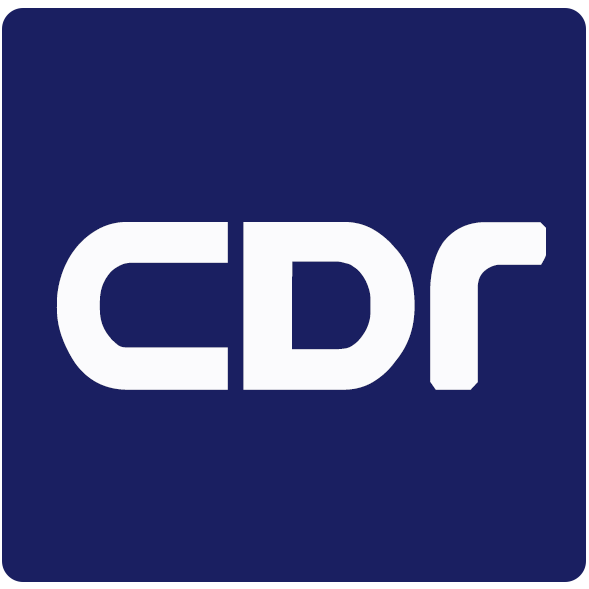fig3

Figure 3. Metabolic pathways in (A) normal cells, (B) cancer cells, (C) CD8+ T cell, and (D) Treg cell . (A): Glycolysis, the conversion of glucose to pyruvate, and the pentose phosphate pathway (PPP), that generates ribose-5-phosphate and NADPH (required for nucleotide synthesis, redox balance, and fatty acid synthesis. Pyruvate can be converted to lactate and secreted or enter the tricarboxylic (TCA) acid cycle in the mitochondria. Fatty acids can undergo fatty acid oxidation and glutamine glutaminolysis, and enter the TCA. The TCA generates NADH and FADH that can enter the electron transport chain (ETC) and contribute to the synthesis of ATP and reactive oxygen species (ROS). Citrate from the TCA can enter the cytoplasm to participate in fatty acid synthesis (FAS). Glutamine metabolism can also synthesize glutathione (GSH); (B): cancer cells increase glycolysis, lactate production, PPP, FAO, FAS, and glutaminolysis. Cancer cells also maintain certain levels of the TCA cycle and oxidative phosphorylation (OXPHOS); (C): CD8+ T cells increase glycolysis, fatty acid uptake, FAS, glutamine uptake, glutaminolysis, and glutathione synthesis. The limited entry of pyruvate to the TCA favors the expression of IFNγ; (D): Tregs increase FAO, the TCA cycle, and OXPHOS; maintain PPP and glycolysis to obtain pyruvate, which feeds the increased flux of the TCA cycle and OXPHOS, while the conversion of pyruvate to lactate is restricted. Tregs limit FAS and glutamine metabolism. Increased fluxes are indicated by higher color tones.











